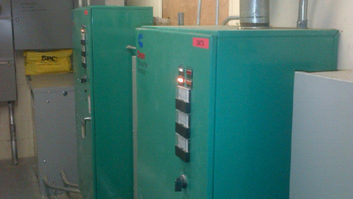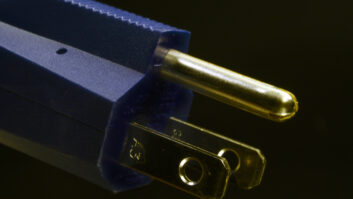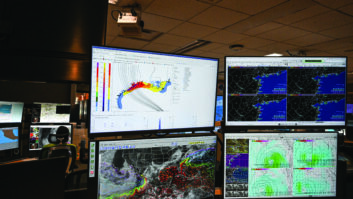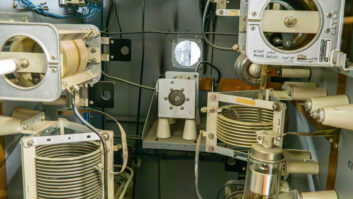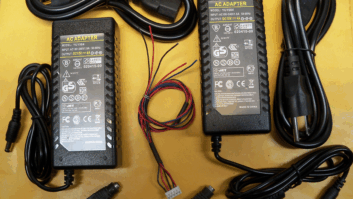Subtle Single Points of Failure
Sep 1, 2013 7:30 AM, By Doug Irwin, CPBE DRB AMD
It’s easy to have a second (or third) transmitter in place and working, and to have a second (or third) STL working, and to think that you’re golden and nothing can knock you off of the air. I mean, those are the two things most likely to knock you out, right? Maybe. Let’s take a look at some of the more subtle single points of failure at the radio station.
AC power outlets

I have often seen redundant systems that in fact were all plugged in to the same ac power strip and therefore the same circuit breaker. So what could happen? Well, use your imagination a little bit: Someone could plug the wrong thing in to that same circuit — a heat gun, a vacuum cleaner (that’s a classic) or perhaps an incorrect fuse causes a near power supply meltdown in one piece of equipment on that circuit. Solutions:
� If main and backup airchains are in the same rack, add a second outlet strip, from a different circuit breaker, and separate the chains by plugging them in to different ac circuits, or
� If you have two racks, move one airchain to a different rack. Make sure aren’t both fed from the same breaker.
We often focus on what is done at the transmitter site more than what is done at the studio location. Take some time and look at both locations.
Single DA feeds multiple airchains

I have seen many studio outputs connected to a DA that ultimately feeds more than one airchain. In this case you set yourself up to be taken off the air by one blown fuse or one failed voltage regulator inside the DA (a common occurrence). Another classic is having the DA on the output of a main/backup studio switch. Solutions:
� Wire the DA to bridge the airchain so the airchain does not actually go through the DA circuitry.
� If you insist on having a DA in the airchain, have a separate DA for each airchain and make sure they’re plugged in to different ac circuits.
Main/backup studio switcher is active

This is really a corollary to the DA issue. It’s important to have a backup studio plan in place at your studio location. However, I don’t like using active circuitry for that because it’s just one more thing that can fail, taking you off of the air. Solutions:
� Use a passive switcher, based on magnetic latching relays. In that way, no power is needed to hold the switch to be in the correct position. Make sure it has remote control capability so that you don’t need to drive in just to move a jock to a different studio.
� Use a patchbay or some other electro-mechanical switches that you can describe and explain over the phone to a panicked jock who calls you after hours. (First option preferred, of course.)
Both airchains plugged in to one UPS

This is another very common mistake, at both studio and transmitter locations. Having a UPS inline is great to bridge the gap between the power in the racks and a generator starting up and coming online. The trouble is that after two or three years the batteries are generally bad, and the UPS then has no juice to make ac power when you need it; or, even more fun, is a plain old UPS failure that kills the ac power on its outlets. If you have both airchains plugged in to it, well let’s just say you’re going to have a bad day. Solutions:
� Carefully plot main and backup airchains and make sure that a complete ac power failure for one will not prevent you from using the other; put one airchain on the UPS, and leave one off of it.
� Add a second UPS, with one airchain on one, and the second on the other, plug them in to separate ac circuits.
� Obtain a UPS that has HTTP support and provides a means by which you can see if it and the batteries are healthy.
� Obtain a UPS with SNMP support and have your SNMP manager continually measure the UPS parameters.
If you really want a robust system then you need to go through it, end to end, with a fine-tooth comb, and look for all the potential problems.
Irwin is RF engineer/project manager for Clear Channel Los Angeles. Contact him at [email protected].
September 2013
Digital test devices, Red River Radio rebuilds, vertical radiators explained, Field Report on the Tieline Merlin Plus, Z100 celebrates 30 years and more….
